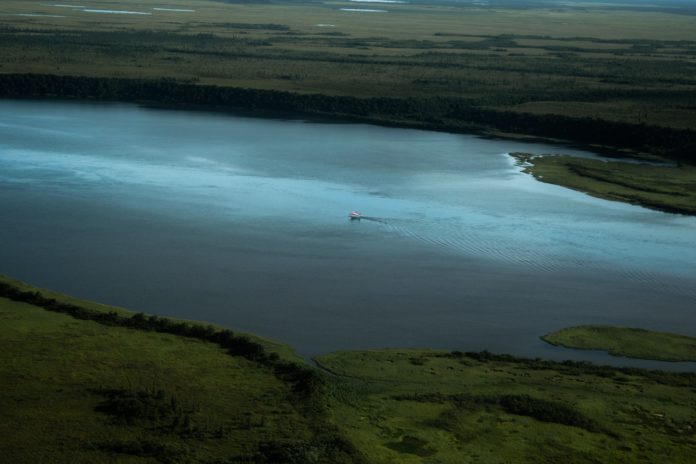Michelle Demmert: ‘Our stories need to rise to the level of national awareness to make meaningful change’
A new national report on missing, murdered and trafficked Indigenous people includes a scathing commentary on abuse of Alaska Native people dating back to the conquest of Native peoples by Russia.
The 210-page report said in part that “the staggering rates of missing and murdered Indigenous individuals in Alaska, when compared to the national average, underscore the urgency of addressing this issue in a way that acknowledges its distinctiveness and provides tailored solutions.”
Chapter 7 of “Not One More: Findings & Recommendation of the Not Invisible Act Commission” notes that “violence used by Russia included using Alaska Native women for target practice to test the range of a bullet, abduction of women and girls for sex trafficking on whaling and trading ships, and rape of women within their home villages. These and other crimes held no legal consequence for the Russian invaders.”
In addition, the report states: “After the purchase of Alaska, the US focused very little attention on this territory until statehood in 1958 and the discovery of valuable minerals and rich oil reserves on land that could be claimed by the Natives based on their aboriginal use and occupancy. In 1971, the Alaska Native Claims Settlement Act (ANCSA), attempted to resolve the land issues.”
The report found that Alaska Natives are disproportionately represented in issues ranging from child welfare to disproportionate prison rates and the highest murder and missing rates.
“We know that many leave the system to become homeless, leading them to increased vulnerability to violence and trafficking,” the report said. “The extractive industries are suspected to play a large role in the disproportionate rate of human trafficking in Alaska, with high rates of women and children being targeted. Finally, child welfare issues continue to be at disproportionate rates compared to non-Native populations, with many children aging out of care.”
The report’s criticisms include the Village Public Safety Officer (VPSO) program, as VPSO officers are often not authorized to carry weapons, are often on rotation in and out of villages, and are challenging to recruit and retain due to housing shortages, lack of a living wage, and other issues.
The report also found that Alaska Tribes have been locked out of regular predictable Interior Department compact funding for base governmental services such as public safety and judicial functions.
“Those of us from Alaska insisted that there be a special chapter laying out the unacceptable findings in our state and the meaningful change necessary to address the disproportionate rate of violence and targeting of our Native women,” said Michelle Demmert, an assistant professor at the University of Alaska Fairbanks’ Department of Tribal Governance. “These victims are our sisters, aunts, mothers and daughters and include high rates of violence towards our men as well. We matter, our lives matter, and our stories need to rise to the level of national awareness to make meaningful change.”
Demmert is a member of the Not Invisible Act Commission, which submitted its report to Congress and federal departments on Nov. 1. The commission was mandated by the Not Invisible Act, a federal law signed in October 2020. The commission has representation from law enforcement, tribes, federal agencies and service providers.















